Purchased in 1973 for £500 from Ray Morse of Repps, Norfolk, this remarkably-original Model T is one of the rarer versions of the British-built Ford. Surviving sales records show that only 687 of the Model T Fords sold in Britain in 1920 were Sedans, out of total sales of 46,362 units. That was, incidentally, the Manchester Ford factory’s best year, for in 1920 the Government introduced the blatantly protectionist Motor Car Act which imposed a tax of £1 per rated horsepower. The new duty cut into Ford’s dominant market share by making the Model T, which was cheap to buy, as expensive as a 3-litre Bentley to tax. The effect was an immediate drop in sales of some 15,000 units, and by 1924 Morris had taken over as market leader. Ford had begun manufacture in Britain in October 1911 in a former tramcar factory at Britain’s first industrial estate, Trafford Park, built on the parkland of the De Trafford family by the Manchester Ship Canal. Here Ford had installed the Old World’s first moving production line in 1914, when sales of Model T Fords outstripped the combined sales of the next six biggest British manufacturers. Though Ford in Detroit had introduced the Center Door Sedan as its premium Model T line in 1914, Trafford Park only launched the model in 1916 and sold just 17 units that year – it was, after all, the middle of the Great War - and after that just four Sedans were sold until the model really came on stream in 1920. Having a single door in the centre of either side was a practical (and cost-saving) method of allowing front and rear passengers to enter and leave the car without disturbing the other occupants. Nevertheless the Center Door Sedan – “an all-season car of style and convenience for social occasions, shopping and general use” – did not prove as popular as the open models and even in Detroit never represented more than 13 per cent of overall production. The survival rate is low, and consequently the Sedan is highly sought after. This example is in original condition, and the interior trim appears to be as fitted at the factory, right down to the roller blind on the rear window. The car has both oil and electric sidelights; the headlamps, of course, are electric. Though Trafford Park had a well-equipped body shop, it seems as though the early Center Door bodies were shipped in from America, as this example was made by Fisher Bodies of Detroit, which was then one of Detroit’s leading coachbuilders, supplying other clients as well as its main customer, General Motors. Wrote Stuart Chase in his 1929 study of the US manufacturing industry Men and Machines: “The Fisher Body Corporation used to employ the finest class of skilled workers. When it was bought by General Motors in 1921, many skilled occupations were displaced by machines, conveyors and repetitive, specialised work. The sword had fallen.” This, then, is a rare opportunity not only to acquire one of the least common variants of “The Car that put the World on Wheels” but also to sample Fisher craftsmanship at its peak.
Purchased in 1973 for £500 from Ray Morse of Repps, Norfolk, this remarkably-original Model T is one of the rarer versions of the British-built Ford. Surviving sales records show that only 687 of the Model T Fords sold in Britain in 1920 were Sedans, out of total sales of 46,362 units. That was, incidentally, the Manchester Ford factory’s best year, for in 1920 the Government introduced the blatantly protectionist Motor Car Act which imposed a tax of £1 per rated horsepower. The new duty cut into Ford’s dominant market share by making the Model T, which was cheap to buy, as expensive as a 3-litre Bentley to tax. The effect was an immediate drop in sales of some 15,000 units, and by 1924 Morris had taken over as market leader. Ford had begun manufacture in Britain in October 1911 in a former tramcar factory at Britain’s first industrial estate, Trafford Park, built on the parkland of the De Trafford family by the Manchester Ship Canal. Here Ford had installed the Old World’s first moving production line in 1914, when sales of Model T Fords outstripped the combined sales of the next six biggest British manufacturers. Though Ford in Detroit had introduced the Center Door Sedan as its premium Model T line in 1914, Trafford Park only launched the model in 1916 and sold just 17 units that year – it was, after all, the middle of the Great War - and after that just four Sedans were sold until the model really came on stream in 1920. Having a single door in the centre of either side was a practical (and cost-saving) method of allowing front and rear passengers to enter and leave the car without disturbing the other occupants. Nevertheless the Center Door Sedan – “an all-season car of style and convenience for social occasions, shopping and general use” – did not prove as popular as the open models and even in Detroit never represented more than 13 per cent of overall production. The survival rate is low, and consequently the Sedan is highly sought after. This example is in original condition, and the interior trim appears to be as fitted at the factory, right down to the roller blind on the rear window. The car has both oil and electric sidelights; the headlamps, of course, are electric. Though Trafford Park had a well-equipped body shop, it seems as though the early Center Door bodies were shipped in from America, as this example was made by Fisher Bodies of Detroit, which was then one of Detroit’s leading coachbuilders, supplying other clients as well as its main customer, General Motors. Wrote Stuart Chase in his 1929 study of the US manufacturing industry Men and Machines: “The Fisher Body Corporation used to employ the finest class of skilled workers. When it was bought by General Motors in 1921, many skilled occupations were displaced by machines, conveyors and repetitive, specialised work. The sword had fallen.” This, then, is a rare opportunity not only to acquire one of the least common variants of “The Car that put the World on Wheels” but also to sample Fisher craftsmanship at its peak.
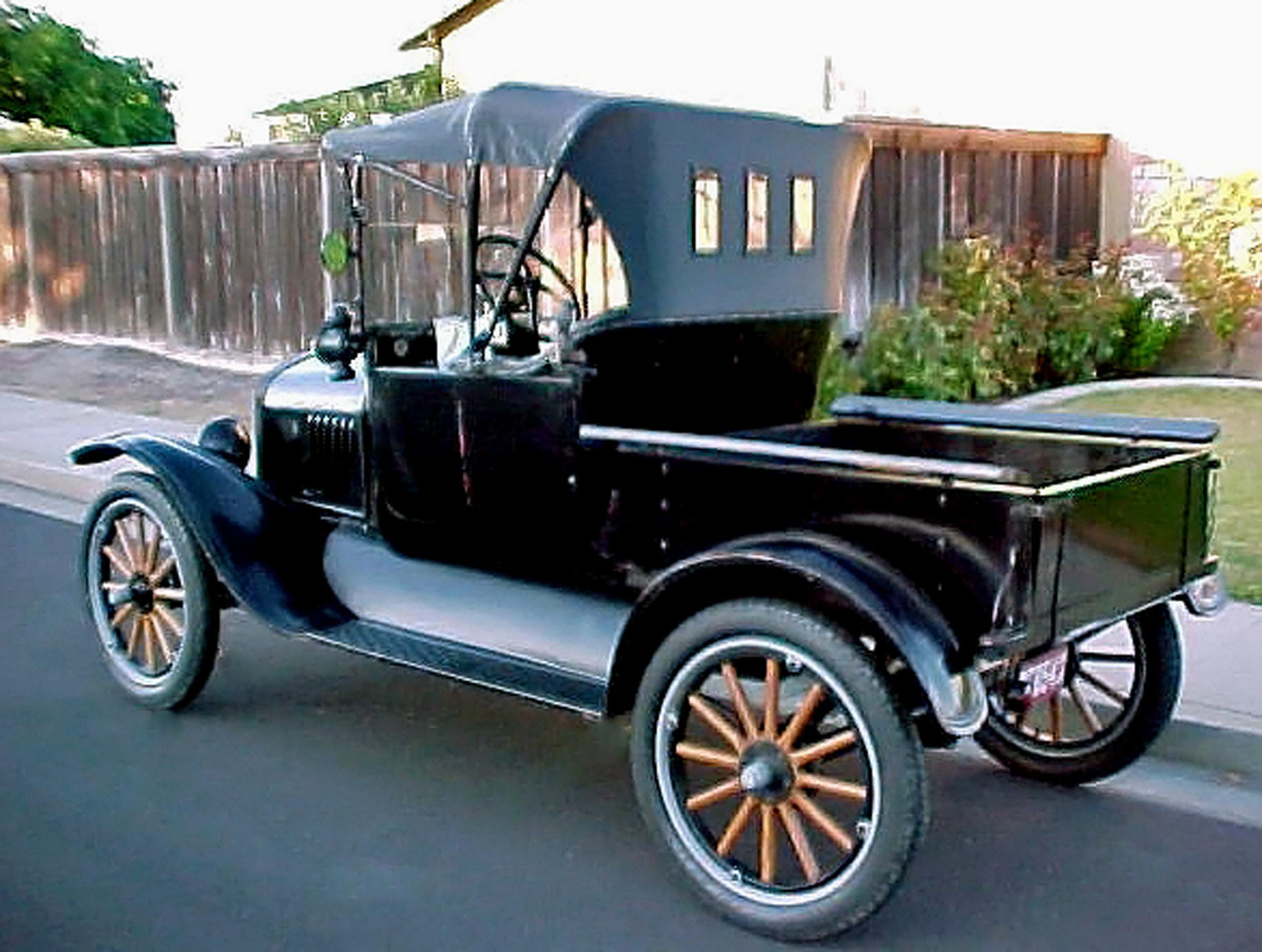

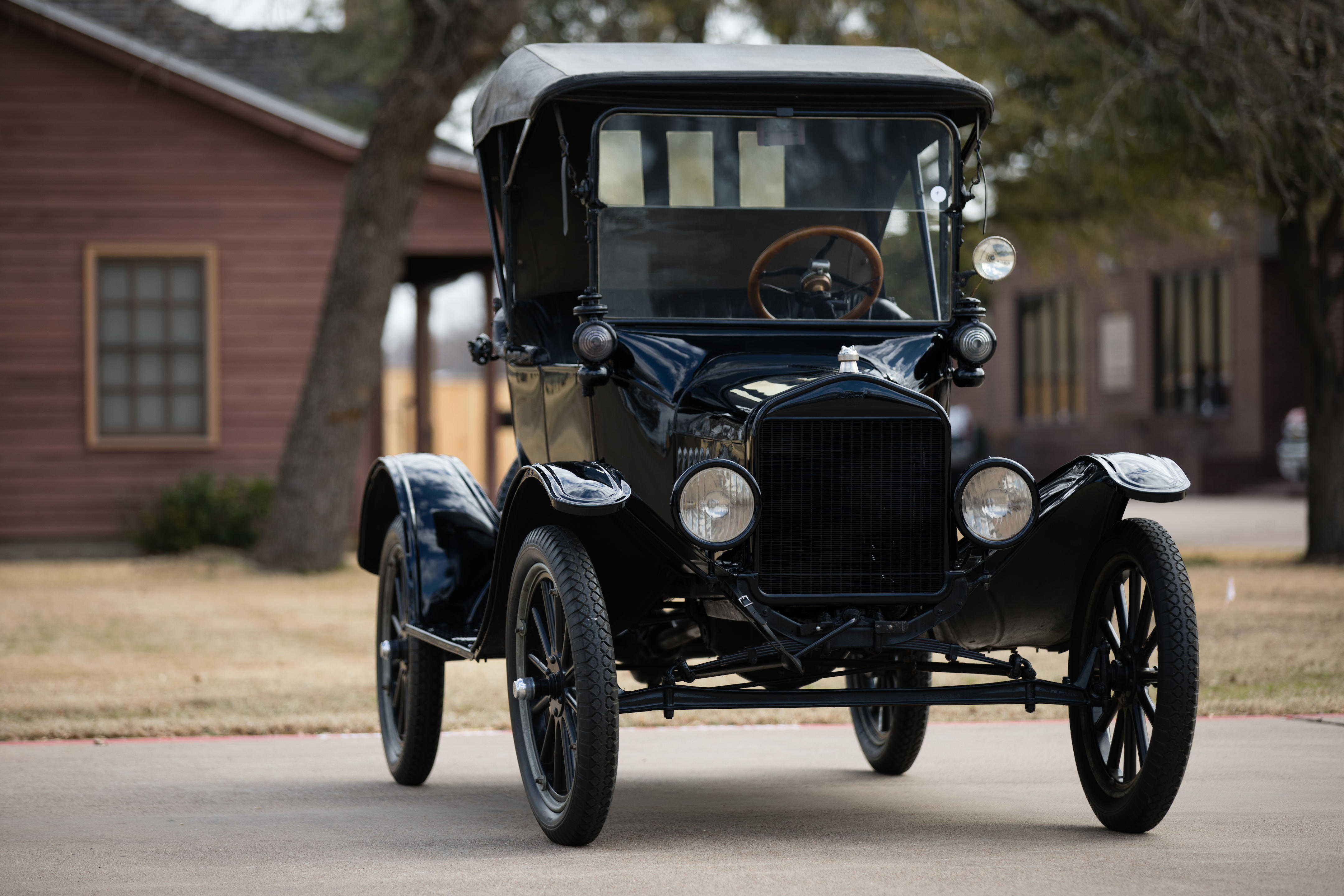
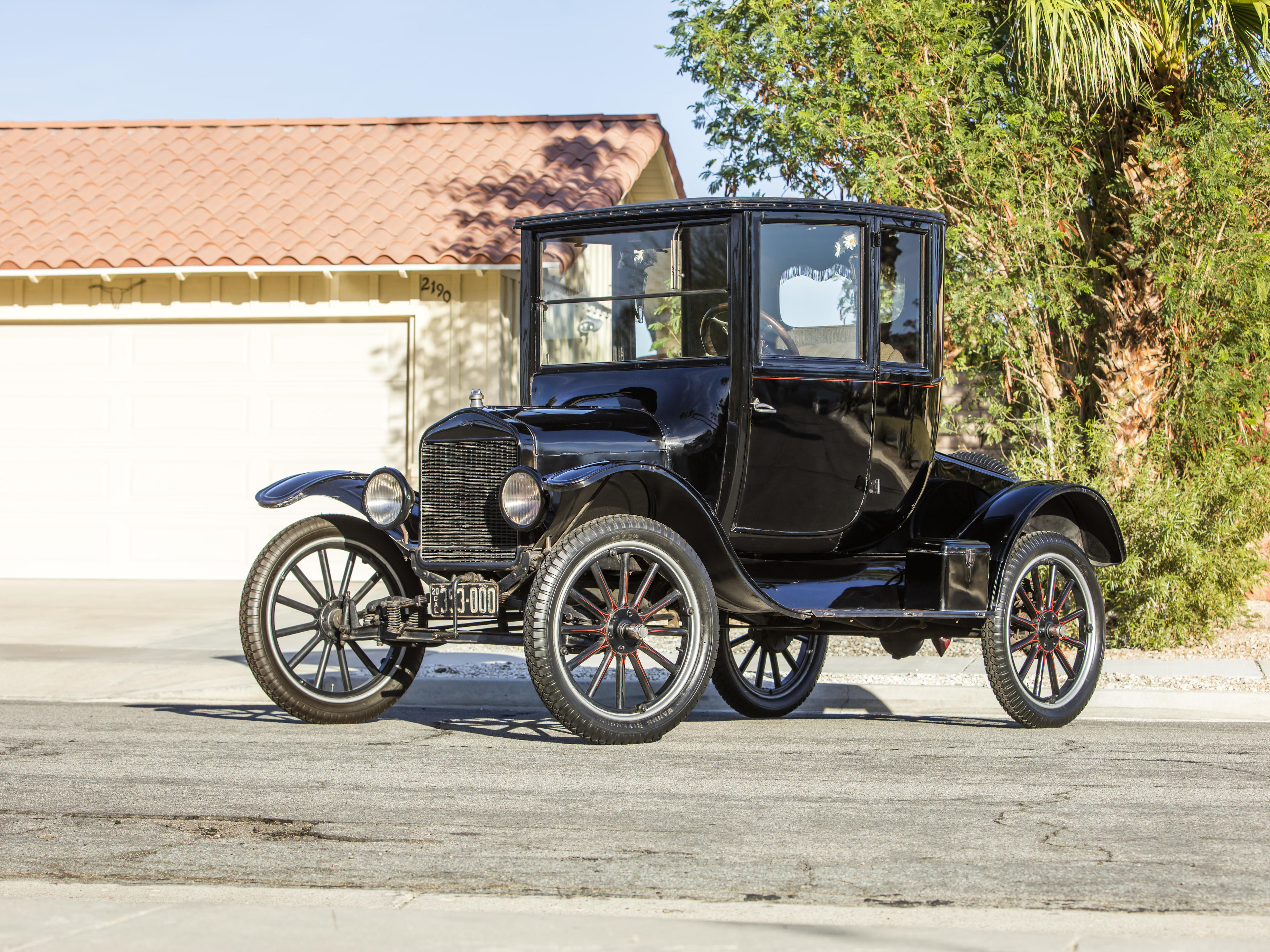
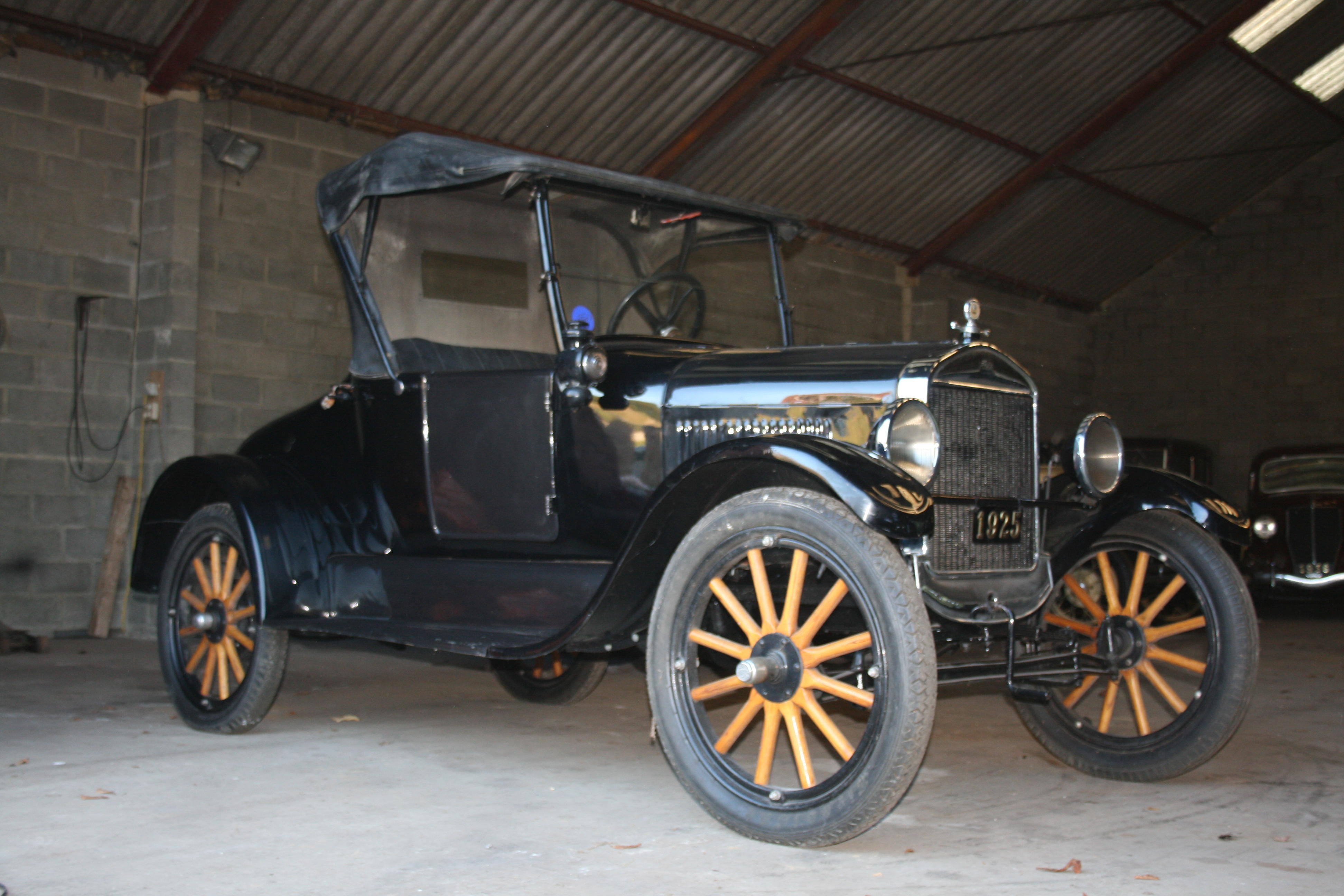


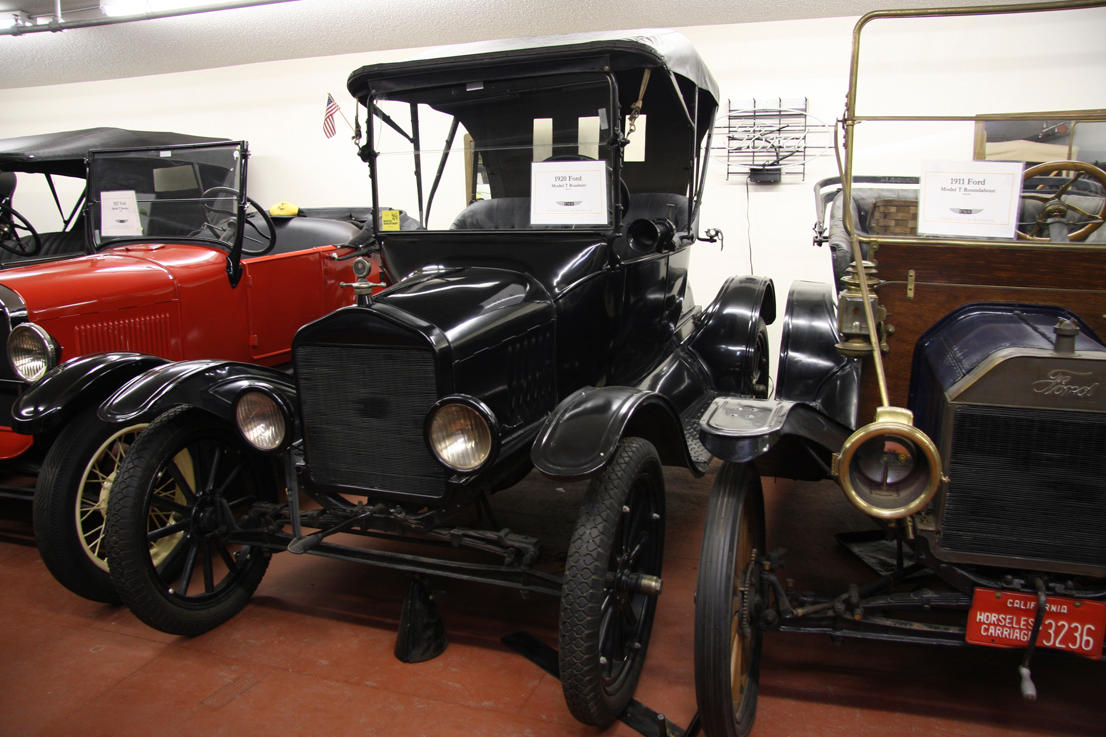

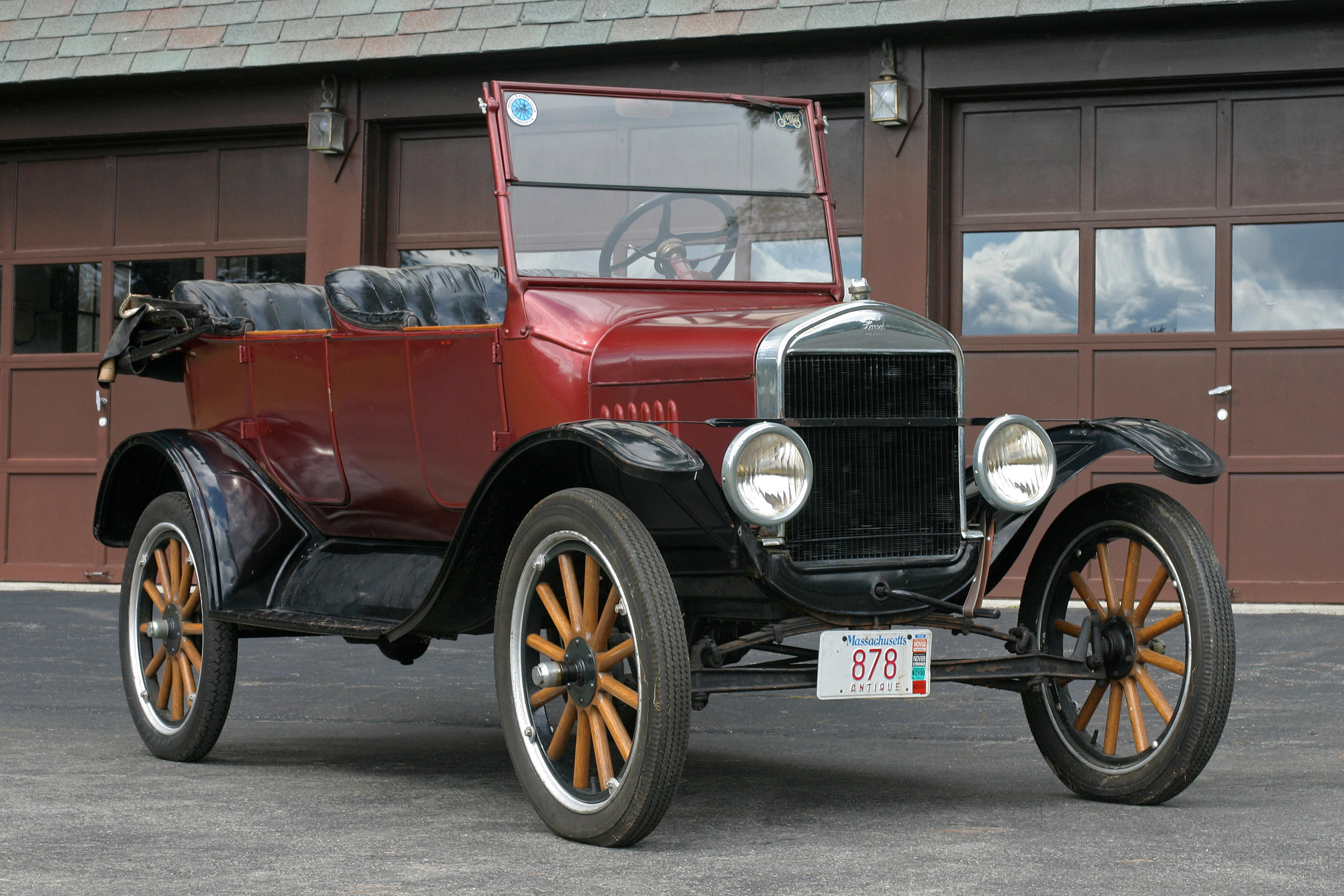

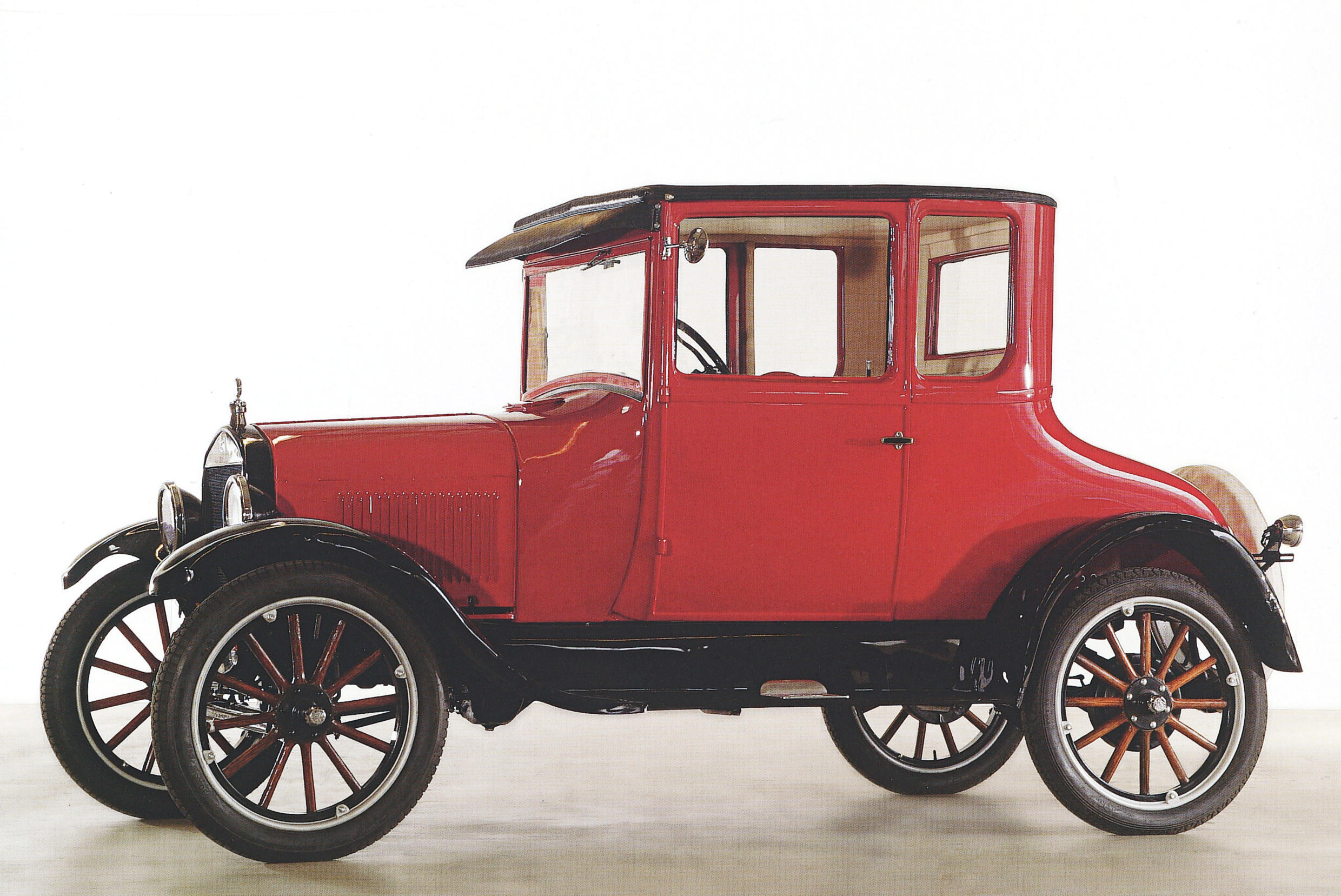

Testen Sie LotSearch und seine Premium-Features 7 Tage - ohne Kosten!
Lassen Sie sich automatisch über neue Objekte in kommenden Auktionen benachrichtigen.
Suchauftrag anlegen